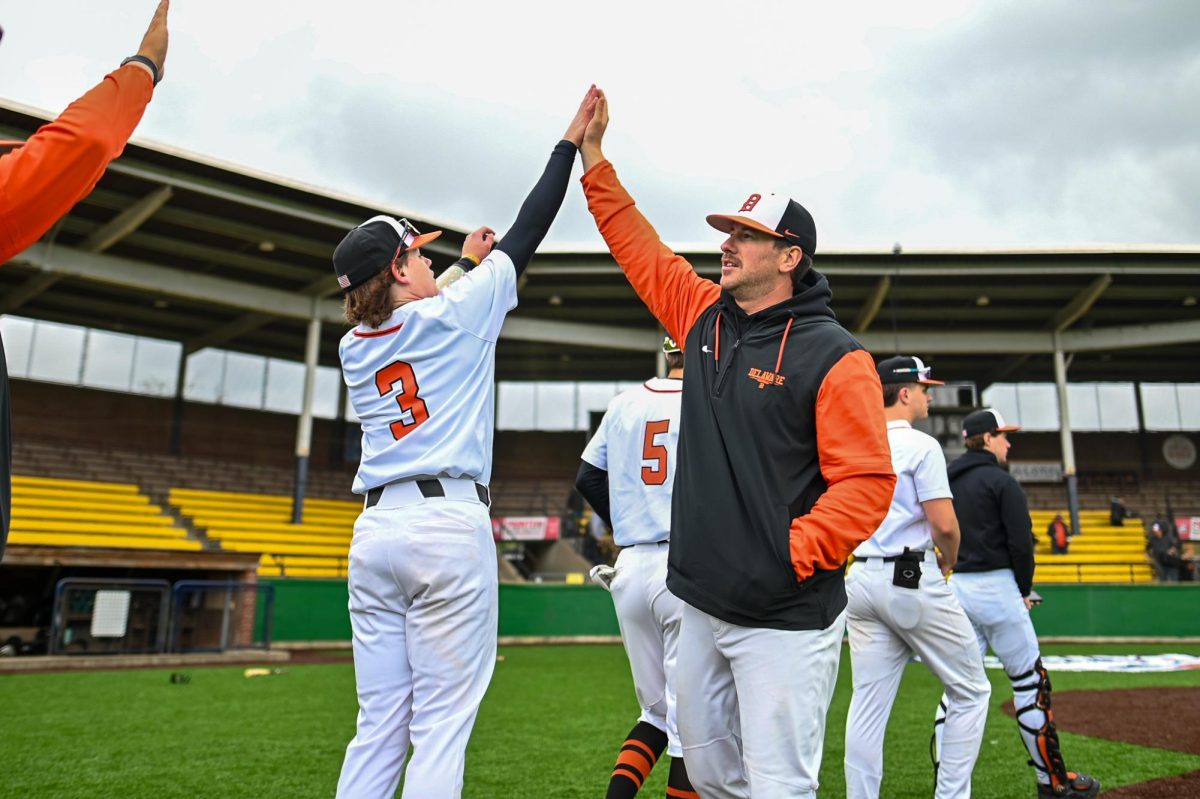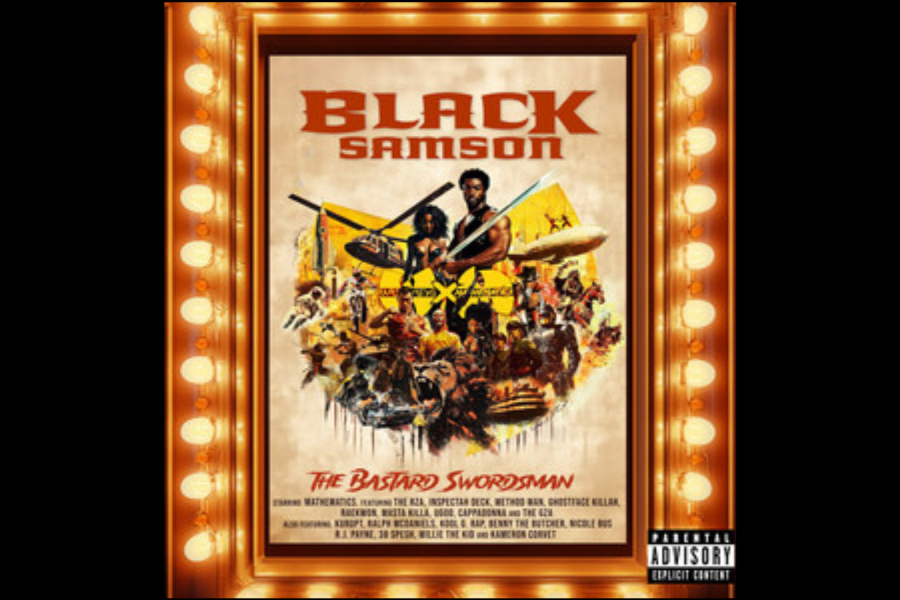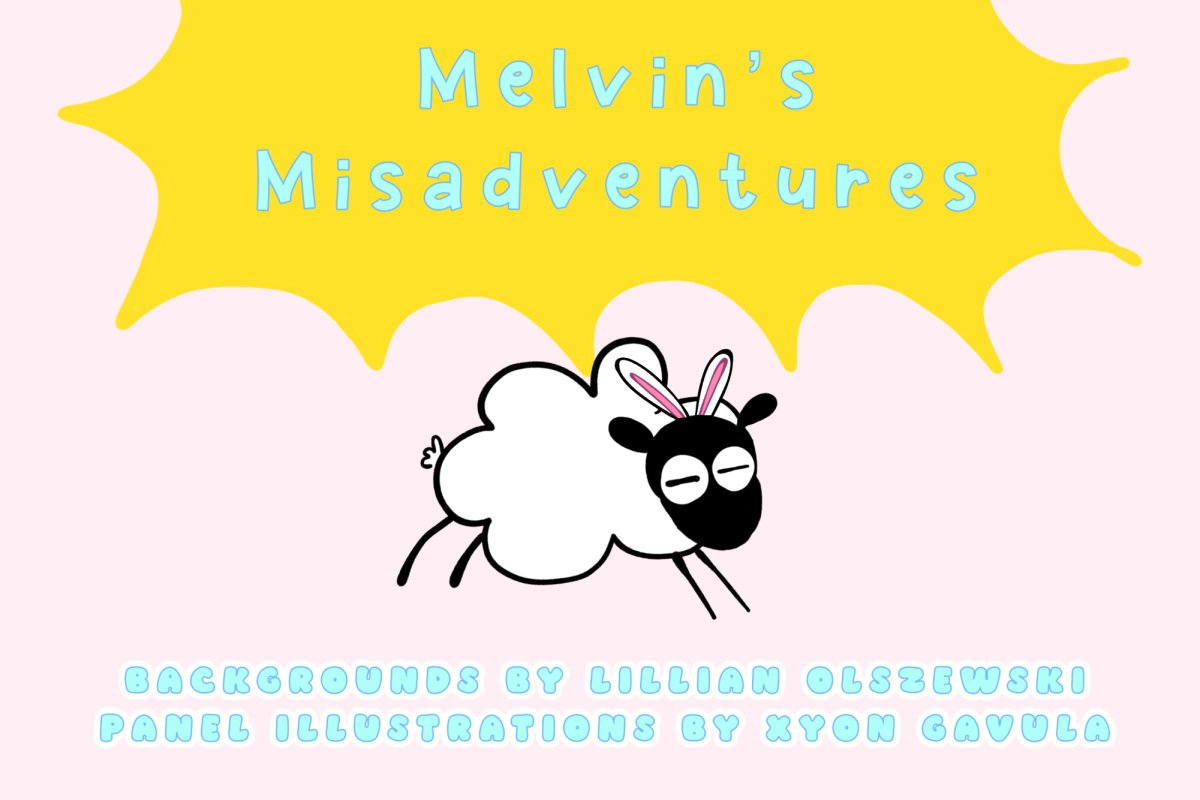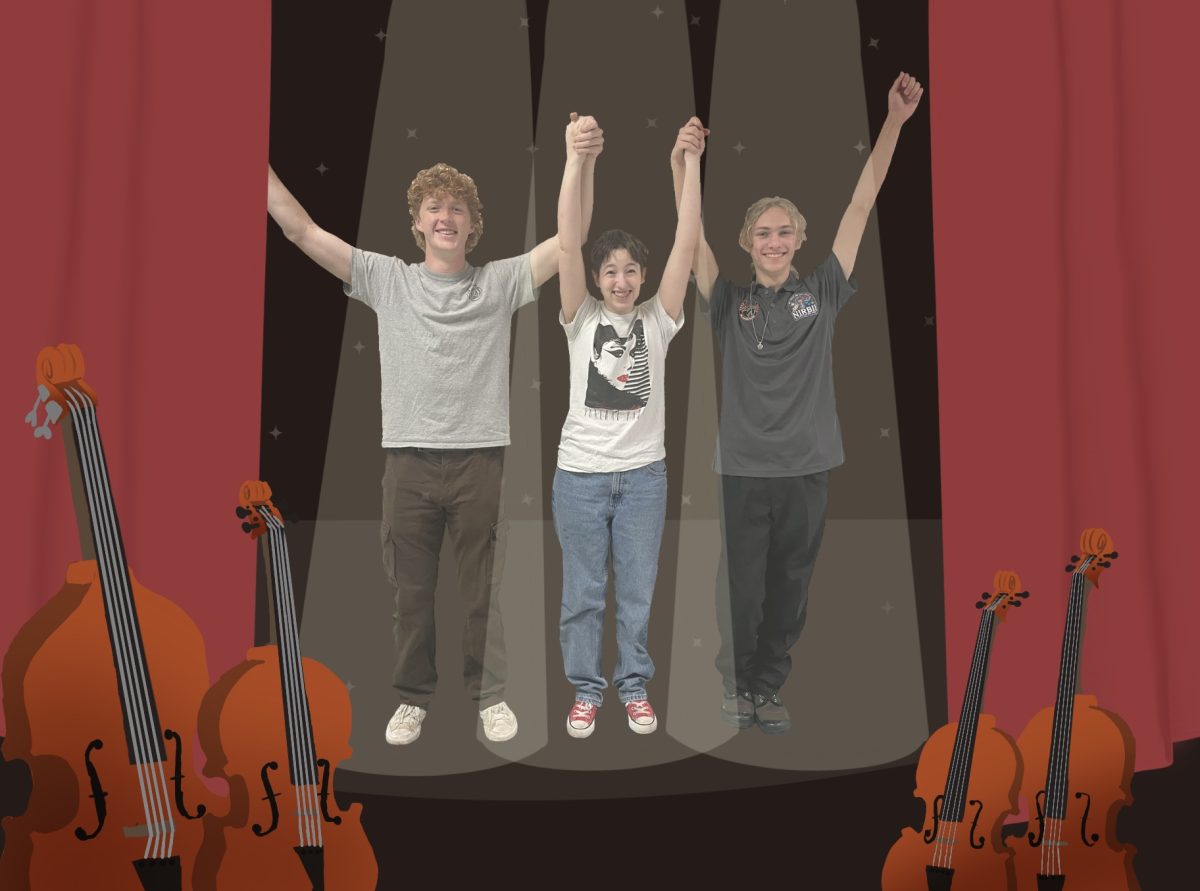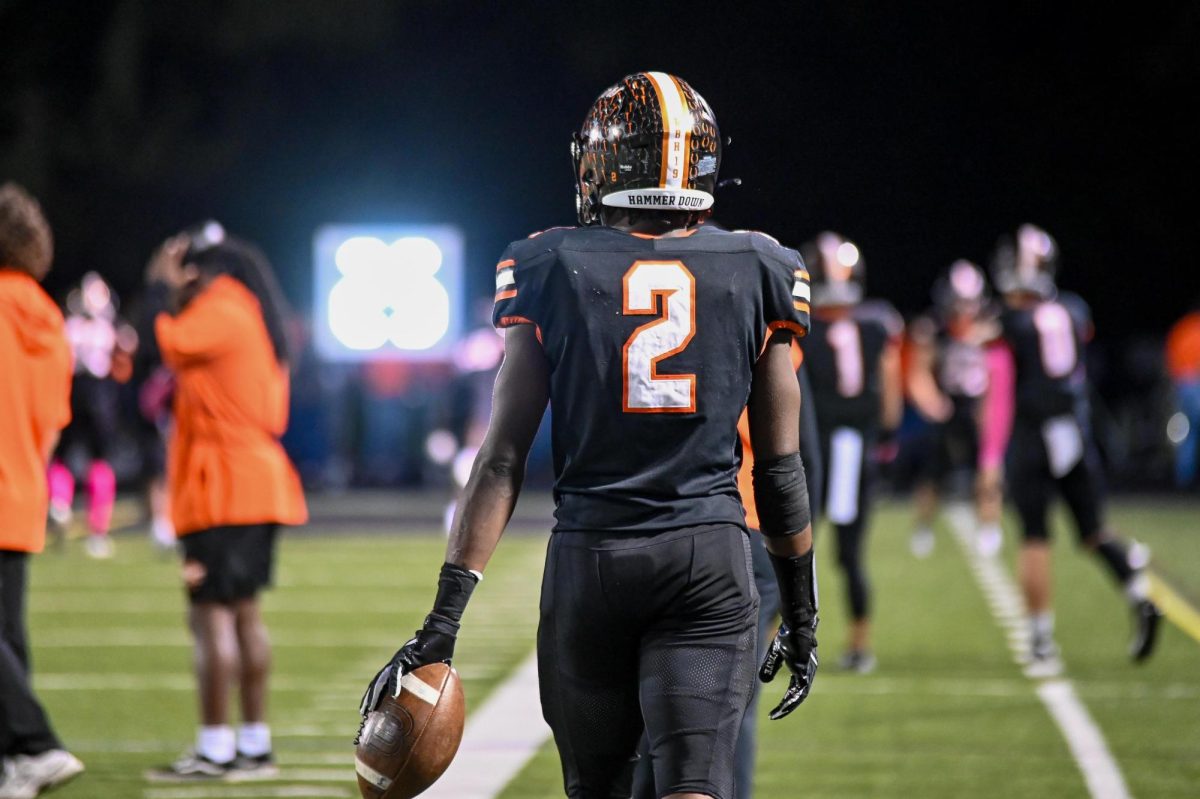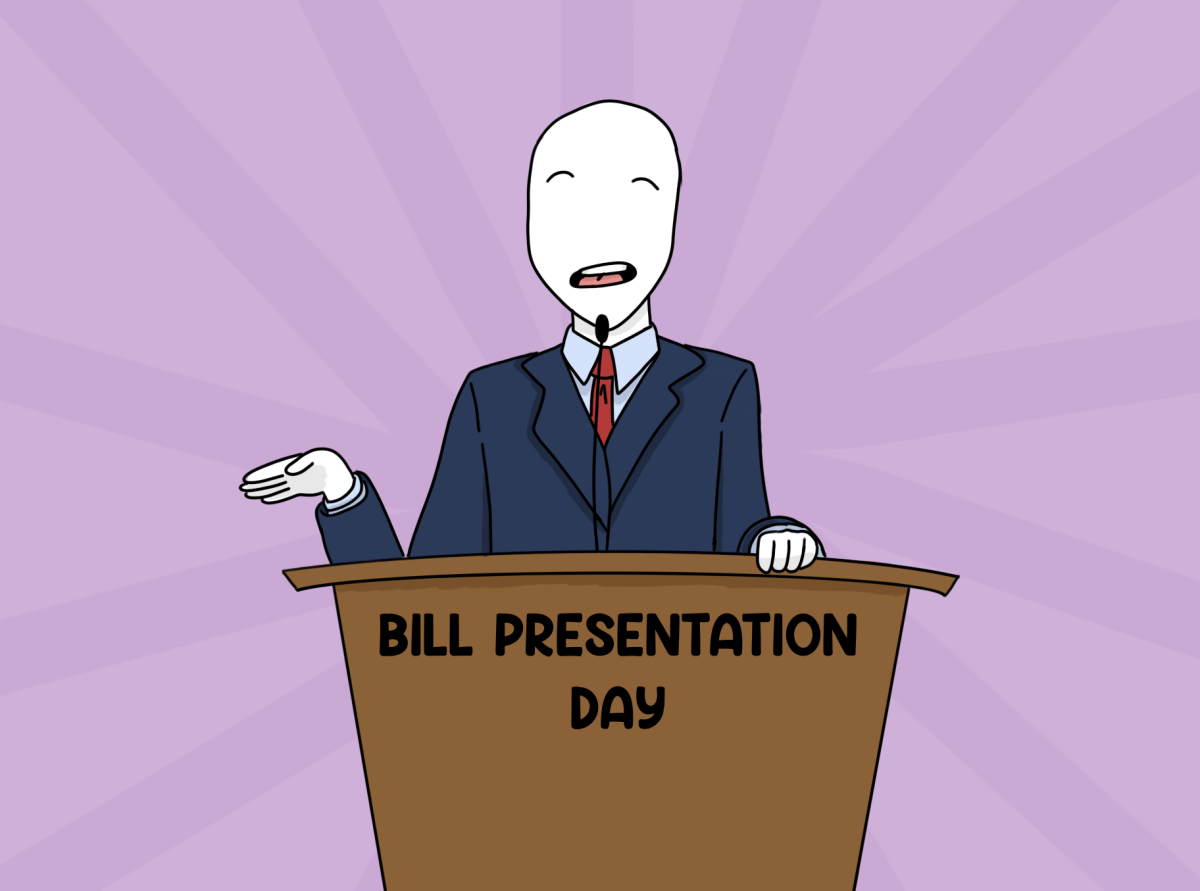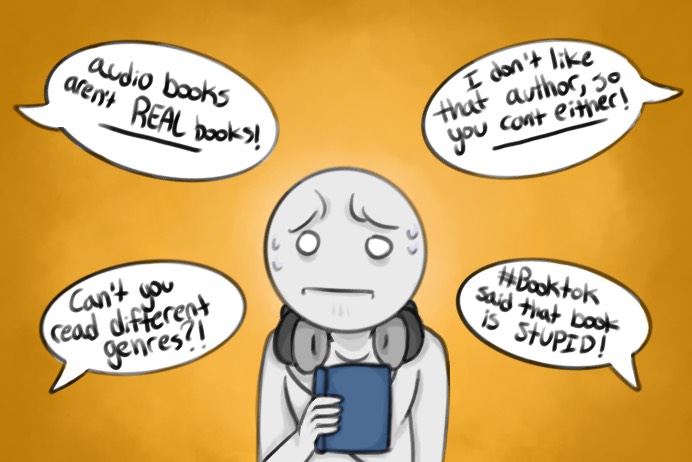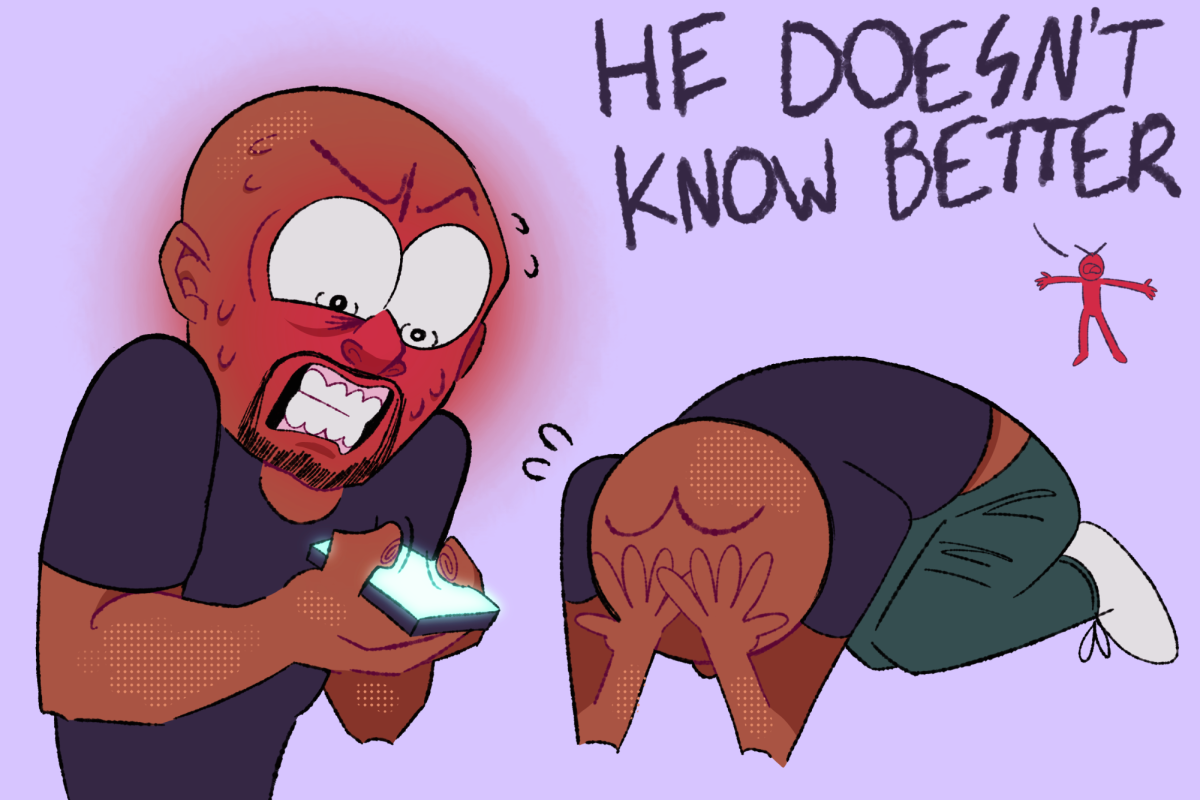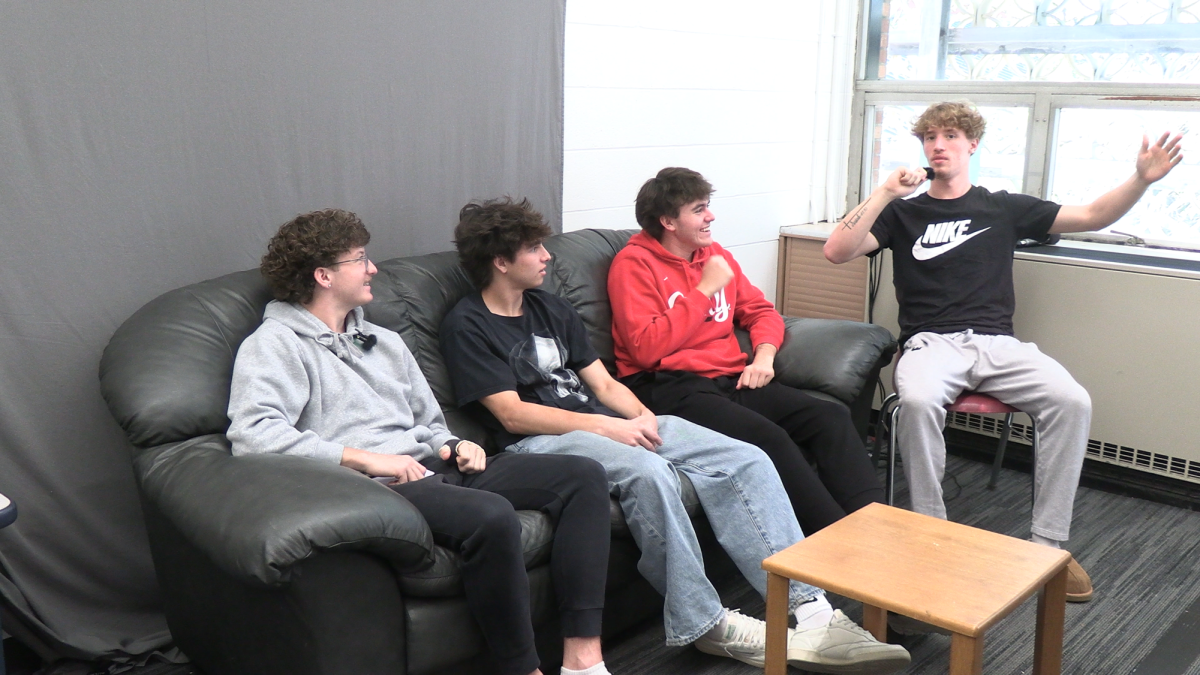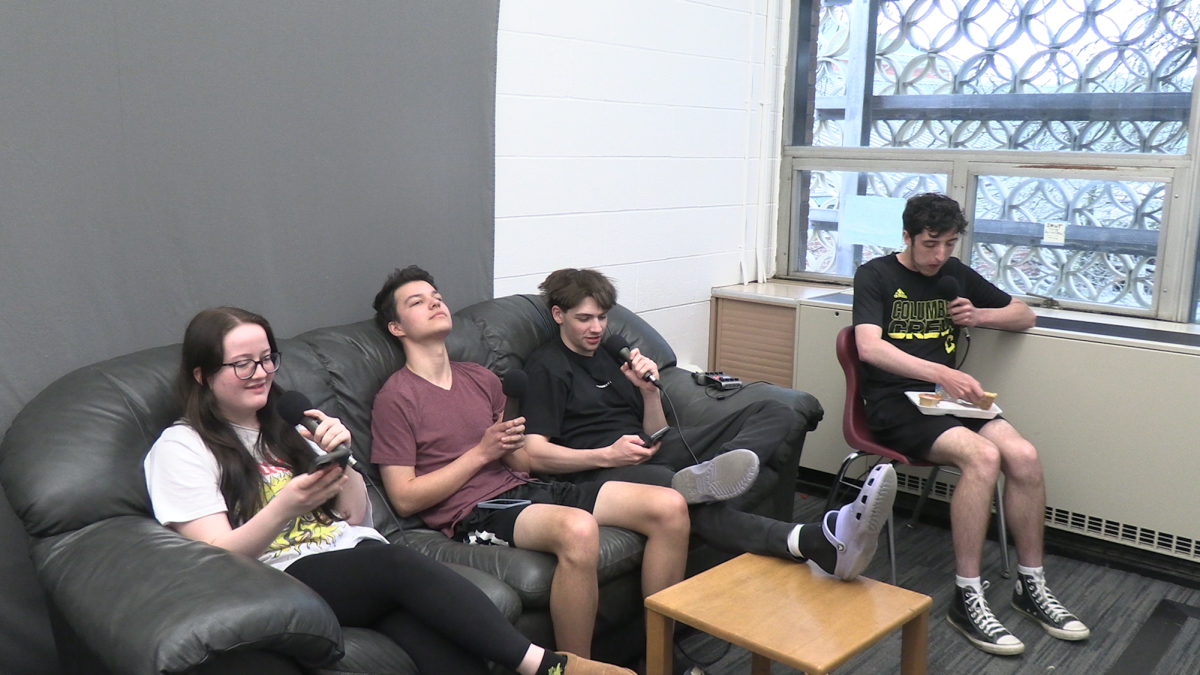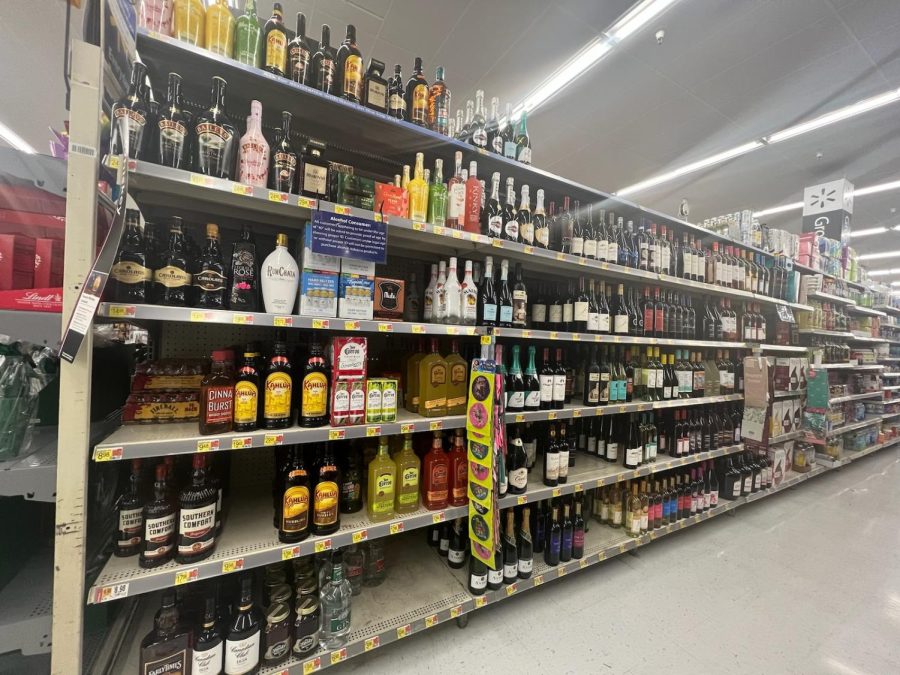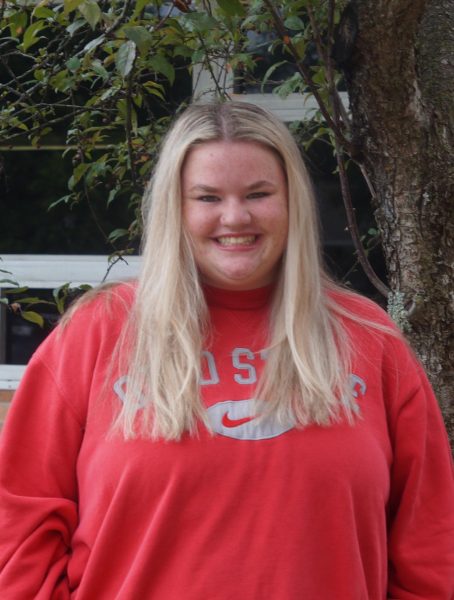The dangers of underage drinking
A variety of different alcohol choices at nearby Walmart.
February 16, 2023
Alcohol, drugs and high school: these are a few of the most significant pressures in teenagers’ lives. Every single day, there are reports of teen drunk driving and teenagers with bright futures getting involved with law enforcement. Underage drinking causes so many problems.
In general, drinking can have many different effects. The body reacts to it in different ways.
For example, some of the possible effects of underage drinking include damaging or even destroying the hippocampus, causing impaired memory or even ‘blackouts.’
In addition, alcohol works as a depressant by slowing down the central nervous system, which alters the way people think.
According to the National Institute on Alcohol Abuse and Alcoholism, underage drinking can have more intense effects, including impaired balance, poor decision making, and problems with memory.
“When people drink, they don’t make the best decisions,” school nurse Laura Westhoven said. “They have impaired thinking and they do things they shouldn’t do and get into situations where they are driving intoxicated or other situations where they end up doing risky behavior.”
Drinking and driving is nothing new. It happens everyday, but it is extremely dangerous. The legal limit of blood alcohol content for anyone under 21 is 0.02%. The amount of drinks a person can have before reaching this limit differs from person to person, so it is always best to have a designated driver that hasn’t had any alcohol.
People may drink and drive for different reasons. Maybe they have impaired thinking, they don’t know their limits, or even are scared that they have to make curfew.
As a result of drinking and driving, about 32 people in the U.S. die every day from an impaired driver car crash. That is one every 45 minutes.
“[Teen drivers haven’t been driving very long] and then you add in even just the smallest bit of alcohol and it can really affect their driving ability,” school resource officer Joe Kolp said.
A result of drinking and driving is a chance of a DUI charge.
Depending on the blood alcohol content, and how many times someone is stopped for drinking and driving, and their age, there are different charges.
For example, offenders charged with a DUI that are under the age of 18 (in Ohio) have to go on probation and lose their license.
“[For juveniles we] still try to focus on more of the preventative treatment piece,” Kolp said. “So they might make you take a class or pay a fine or something like that.”
In 2019, an anonymous study was conducted and administered to Delaware county youth. Eight percent (or 2,509 teens) had at least one drink in the past month of the time when the study was completed.
From that study, one percent of students grade nine through twelve admitted to driving a car after drinking alcohol.
Undoubtedly, people drink for different reasons. Some do it for social pressures, to cope, or it is just in their normal day-to-day routine.
For example, alcohol acts as a relaxant. So, when someone is overwhelmed, it could possibly take their mind off of whatever is causing them harm.
“[People may use drinking to cope when they] don’t have other things that are important to them,” Delaware County Health Department representative Jackie Bain said. “Either they can’t cope or they haven’t been taught how to deal with stress in a positive way.”
In addition, teen drinking could be from pressures from friends, shows, or others in general.
Shows involving teens like “Euphoria,” “The OC,” and “Degrassi” all show alcohol abuse and “normalize” teen alcohol use.
“When you watch movies, when you listen to music, it kind of feels like that’s just what you do,” Kolp said. “That’s just what high school is.”
Another example is peer pressure.
According to America Addiction Centers, peer pressure is a massive factor in whether a person will engage in risky behavior in general including drinking alcohol.
There is always the topic of “just say no,” but not doing what the rest of the group is doing could make them feel like an outcast.
In any case, students should “see what the best option really is before making any decisions,” Kolp said.











